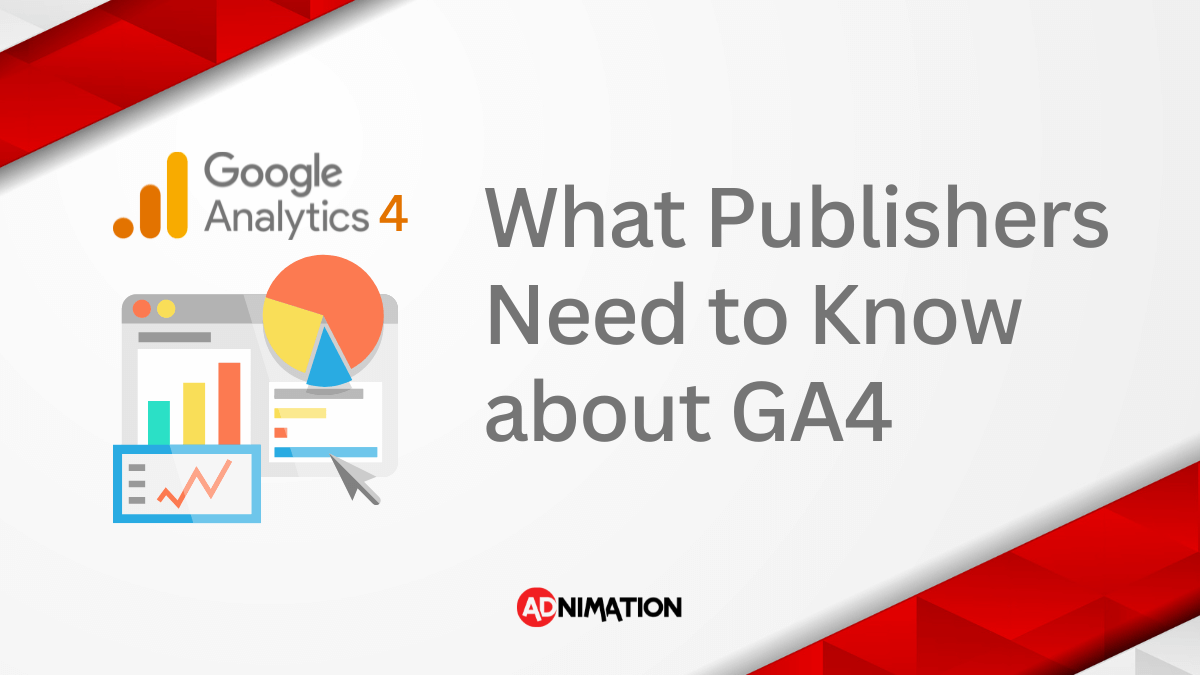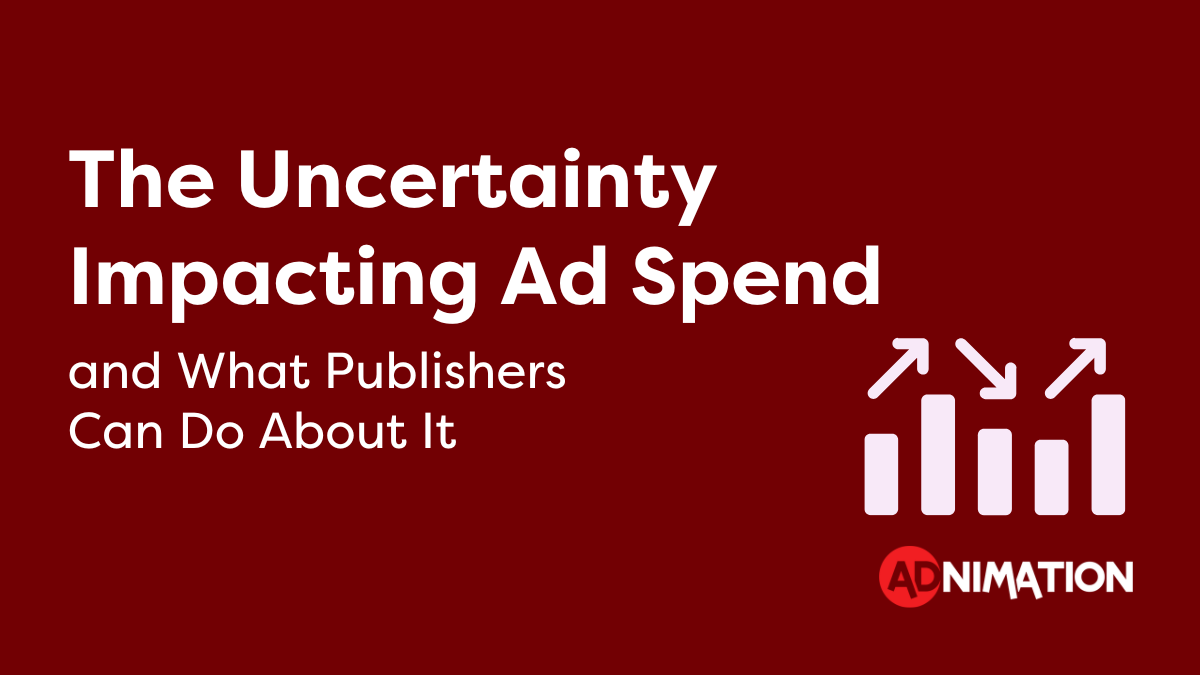Good-bye, Universal Analytics!
On July 1, 2023, Google Universal Analytics will officially stop processing data, ushering in the era of Google Analytics 4 (GA4).
Above all, GA4 represents a shift away from the session-based tracking of Universal Analytics (UA) in favor of event-based tracking. This change aims to unify web and app data, capture the complete customer lifecycle, and provide more detailed insights into user behavior.
What Does This Mean for Publishers?
First, it means that if you haven’t yet created a GA4 property, you should do so ASAP (you can find instructions here).
Second, it means that you need to understand the nuances of GA4 or risk losing valuable insight into your user behavior.
Why GA4 Matters to Publishers
GA4 is significant for several reasons:
Improved User Behavior Tracking
GA4’s event-based model provides a more comprehensive understanding of user behavior across platforms.
This can be essential for you to optimize your content strategy based on user interaction patterns.
Advanced Machine Learning
GA4’s enhanced machine learning capabilities offer more accurate forecasting and predictions.
You can use this feature to anticipate user behavior trends and adjust their approach accordingly.
Comprehensive Cross-Platform Analysis
By unifying web and app data, GA4 allows you to track and analyze user interactions across different platforms.
This can be particularly useful if you’re operating on multiple digital platforms.
Differences Between UA and GA4
Here are the key differences between Universal Analytics and GA4:
- Event-driven data model
- Users
- Sessions
- Bounce rate vs engaged sessions
- Pageviews
- Cross-platform tracking
- Reporting
- Audience definitions and capabilities
- Machine learning and predictive analysis
Event-Driven Data Model
The most significant difference between UA and GA4 is the shift from a session-based data model to an event-based model.
In UA, data was organized around sessions, with user interactions (events) being secondary to those sessions. In GA4, however, everything is an event, including pageviews, user interactions, and transactions.
Users
In UA, there are two user metrics: total users and new users, with total users being the primary user metric.
In GA4, there are three user metrics: total users, new users, and active users, with active users being the primary user metric.
The primary difference between active users and total users is that an active user is a user who has an engaged session, or when GA4 collects the first_visit event from a website or the first_open event from an app.
In other words, GA4 will not consider users who bounced right away as active users.
Sessions
In UA, a session begins when a user visits your site or when a user visits your site from a new traffic source/medium (i.e. UTM).
A session ends after 30 minutes of inactivity or at midnight.
In GA4, a session is triggered when a user visits your site, but it doesn’t restart with a new campaign parameter.
GA4 sessions end after 30 minutes of inactivity, but do not end automatically at midnight.
Bounce Rate vs Engaged Sessions
UA used Bounce Rate as a key metric, which measured the percentage of sessions where the user only viewed a single page.
GA4 replaces this with the concept of Engaged Sessions, which are sessions where a user interacted with the site for at least 10 seconds, completed a conversion event, or viewed two or more pages.
Pageviews
There is no major difference in pageviews between UA and GA4. In fact, Google notes that “in general, Pageviews should be fairly close between UA and GA4, generally within a few percentage points.”
However, like most things in GA4, there’s a new way to view pageviews.
Cross-Platform Tracking
While UA allowed you to track users across different platforms, it treated data from different platforms (such as web and mobile) separately.
In contrast, GA4 unifies this data, giving you a holistic view of user behavior across different platforms.
Reporting
UA offered a standard set of reports, but with GA4, there’s a shift to more flexible, customizable reporting.
The standard reports of UA are replaced with modular, adjustable report templates focused on the user lifecycle stages: acquisition, engagement, monetization, and retention.
Audience Definitions and Capabilities
In UA, audiences were typically defined for remarketing purposes.
GA4 enhances this functionality, allowing you to define audiences based on almost any combination of data and use those definitions across analysis and reporting.
Machine Learning and Predictive Analytics
While UA had some machine learning capabilities, GA4 significantly expands on this, offering features like predictive metrics and anomaly detection.
These features can provide invaluable insights and forecasts about user behavior.




